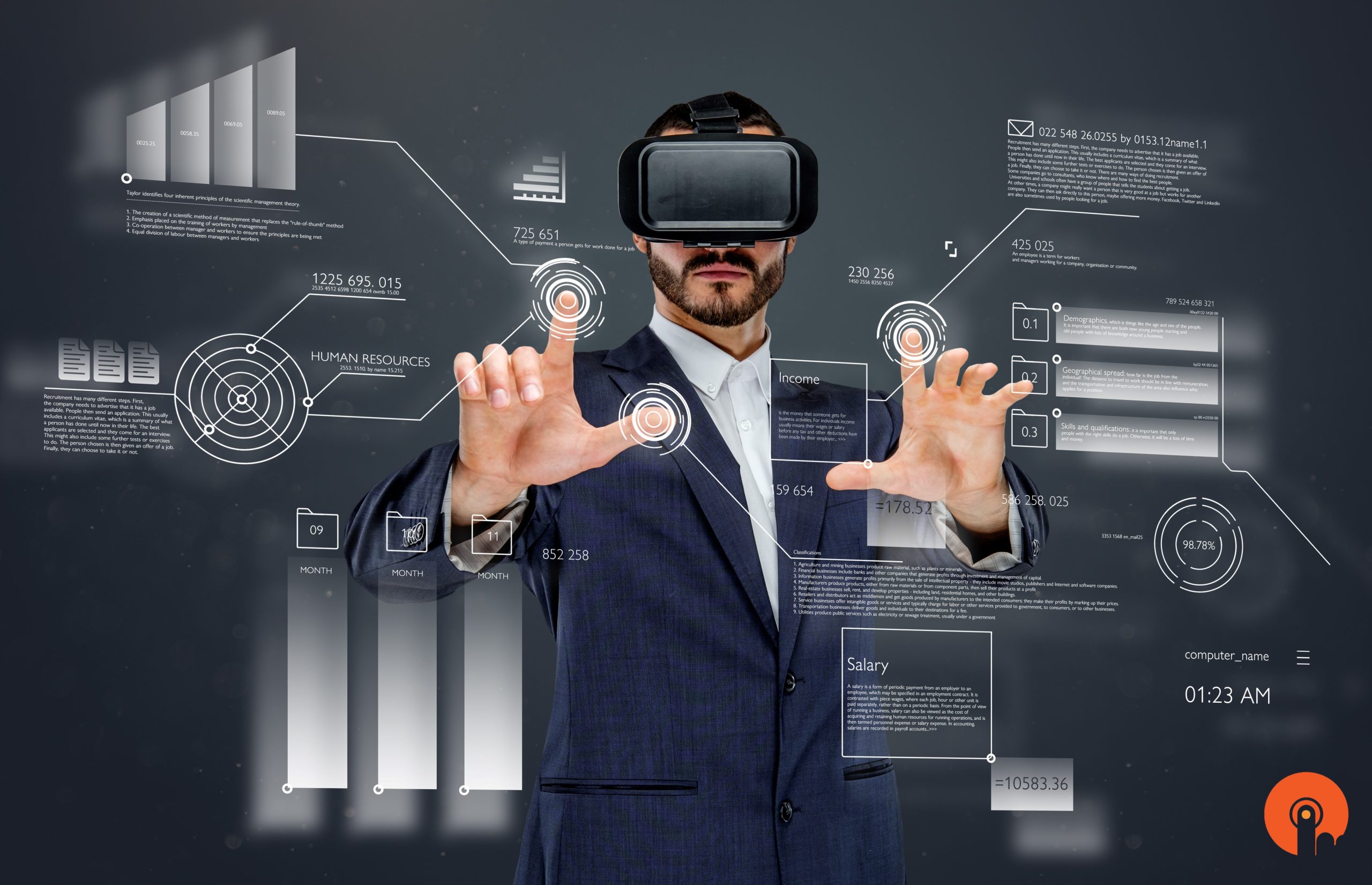Augmented Reality (AR) technologies transform the way brands create customer connections. AR applications have expanded their scope beyond traditional uses like entertainment and gaming. Interactive, memorable advertising experiences are now being created through AR technology advancements. This discussion examines how augmented reality advertising builds strong audience connections while making enduring memory impressions.
What is AR in Advertising?
AR overlays digital elements onto the real world. With a smartphone or AR glasses, users can interact with these virtual elements in real time. In advertising, AR makes campaigns interactive, engaging, and personal. It turns static ads into dynamic experiences.
For example, imagine a makeup brand allowing users to “try on” products through their phones. Instead of guessing, users see how a lipstick shade looks on them. This personal touch keeps customers hooked.
Why AR Works for Customer Engagement
Interactive Experiences
Traditional ads are one-sided. AR ads invite users to participate. This interaction creates a sense of involvement. People are more likely to remember what they’ve experienced firsthand than what they’ve only seen.Personalized Campaigns
AR lets users see how a product fits into their lives. Whether it’s trying on clothes, designing a room, or visualizing a new car, the personal experience builds trust.High Engagement Rates
AR ads are fun! They don’t feel like ads. They feel like games or useful tools. This makes users spend more time engaging with the brand, increasing the chances of conversion.Buzz-Worthy Content
AR campaigns are shareable. When users enjoy an AR experience, they share it with friends, giving your brand free promotion.
Real-Life AR Advertising Success Stories
IKEA Place App
IKEA’s AR app lets users see how furniture looks in their space. It’s practical, easy to use, and highly engaging. Customers don’t just see a sofa—they visualize it in their living room.Snapchat Filters
Brands like Taco Bell and Nike have used Snapchat’s AR filters to create fun experiences. A filter that turns your face into a taco? That’s unforgettable!Sephora Virtual Artist
Sephora’s AR tool allows users to try on makeup virtually. It eliminates doubts, making it easier for customers to buy online.
How to Create an AR Advertising Campaign
Understand Your Audience
Know what your customers want. Are they looking for entertainment? Or do they need help deciding on a purchase? Tailor your AR experience to their needs.Keep It Simple
A complicated AR experience can frustrate users. Focus on creating something easy to use and quick to load.Make It Useful
People love AR tools that solve real problems. Can you show how a product works? Help customers visualize its benefits?Add a Fun Element
Don’t forget to make it enjoyable. Whether it’s a game, a filter, or an interactive feature, the fun factor keeps users coming back.
Benefits of AR Advertising for Businesses
Increased Sales
When customers can see a product’s value, they’re more likely to buy. AR helps reduce hesitation and builds confidence in purchasing decisions.Enhanced Brand Loyalty
Memorable experiences create emotional connections. Customers remember brands that stand out and offer something unique.Cost-Effective Innovation
AR campaigns might seem expensive, but they often bring a high return on investment. A single successful campaign can drive significant sales and engagement.Better Analytics
AR tools track how users interact with your content. You can see what works and tweak your strategy for better results.
Challenges to Consider
Technical Barriers
Not all customers have access to AR-enabled devices. It’s essential to ensure your campaign works on common platforms like smartphones.Execution Costs
While AR campaigns can be cost-effective, they require skilled developers and designers. Planning your budget is critical.User Experience
A poorly designed AR experience can backfire. Make sure your campaign is intuitive, smooth, and bug-free.
Is AR the Future of Advertising?
Yes, AR creates value, but it functions without magical capabilities. AR delivers its most effective outcomes when used as a component of an all-encompassing business plan. The combination of AR technology and social media platforms and influencer promotions, along with traditional advertising methods, creates maximum effectiveness.
As AR technology evolves, more businesses will adopt it. The key is to focus on creating meaningful experiences that resonate with your audience.
Final Thoughts
AR in advertising isn’t just a trend; it’s a powerful way to engage customers. By offering personalized, interactive, and fun experiences, AR can transform your campaigns and make your brand unforgettable.
Ready to explore AR for your business? Start small, focus on your audience, and create experiences that make them say, “Wow!”